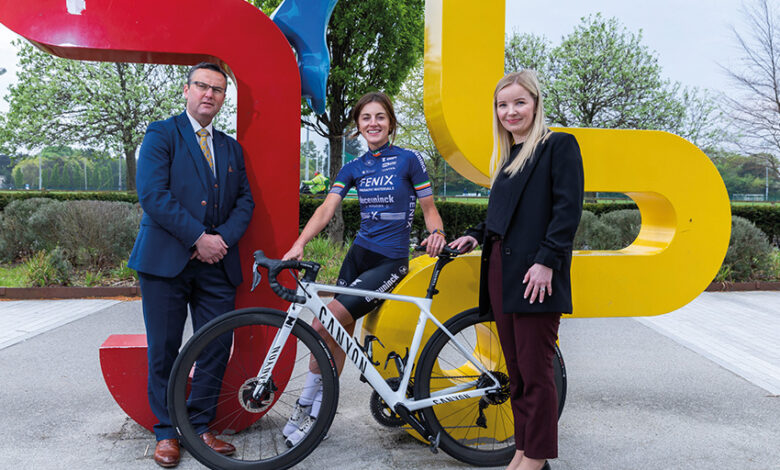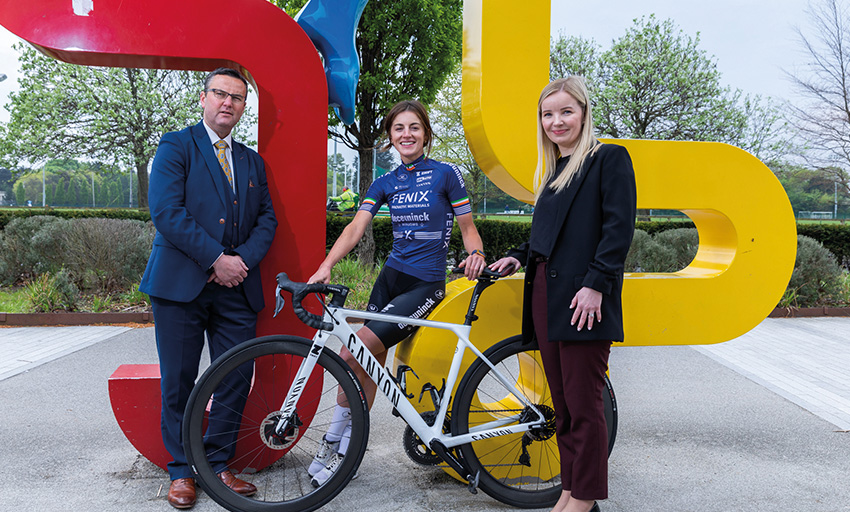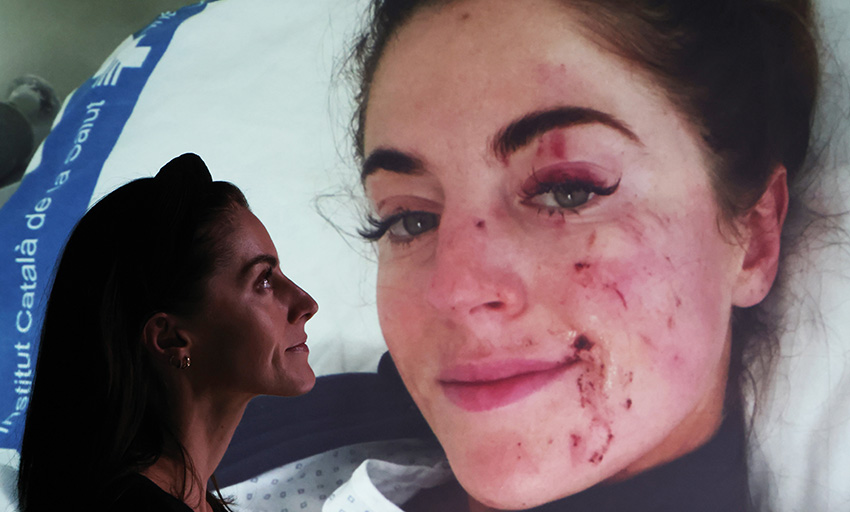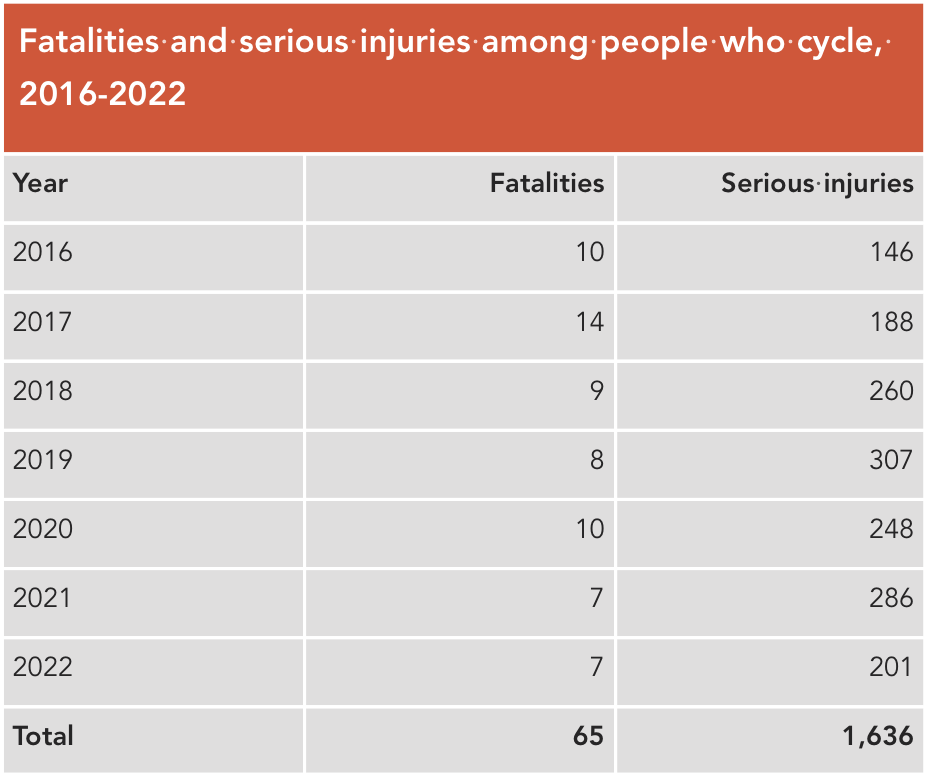RSA: Worrying increase in cycling injuries

A new report published by the RSA shows a worrying increase in the number of people being seriously injured while cycling.
The Cyclists Serious Injury Report 2016 to 2021 was prepared using data from the Irish Road Traffic Collision Database, which is based on collision records transferred from An Garda Síochána to the RSA.
The research found that between 2016 and 2021, there was an average of 239 people seriously injured while cycling each year. Nine per cent of people seriously injured while cycling was a result of a collision in which the driver failed to remain at the scene, i.e., a ‘hit and run’ incident.
However, the starkest result from the research shows that for every cyclist that was killed in the period of the study, there was an average of 25 people seriously injured while cycling.
Unsurprisingly, eight in 10 serious injuries were a result of multi-vehicle collisions which most commonly involved a car (76 per cent). The remainder were single cyclist collisions.
Failure to observe by the driver involved in the collision was the most frequently noted action (38 per cent) in collisions where people who cycle were seriously injured.


Other key findings include:
• Over three-quarters (77 per cent) of people seriously injured while cycling were male;
• the highest proportion of serious injuries occurred between 4pm and 8pm (29 per cent);
• 62 per cent of serious injuries occurred Monday to Thursday;
• The highest proportions of serious injuries occurred in July (11 per cent) and Sept (11 per cent);
• four in five serious injuries occurred on urban roads; and
• almost half of serious injuries occurred at a junction (46 per cent), most commonly a T-junction or crossroads.
Sam Waide, CEO, Road Safety Authority says: “Everyone using the roads has an equal responsibility to ensure good road user behaviour and to protect vulnerable road users, including people who cycle. This research published by the RSA is very worrying and highlights a concerning disregard for people who cycle. In particular, the figure relating to the number of drivers who fail to remain at the scene of a collision is shocking and shows a complete lack of respect for life. It is vital that drivers look out for cyclists by allowing the required space when overtaking them and ensuring to check their blind spot at junctions and changing lanes. It is important to always anticipate a cyclist having to make a sudden move to avoid obstructions. We all have a responsibility, whether as motorists, cyclists, or pedestrians to share the road in a safe and responsible manner.”
Waide adds: “We know from a recent academic study that was conducted for the RSA by the University of Galway that almost a third of people hit by a vehicle travelling at 50km/h will be killed, rising to half at 60km/h. Therefore, it is very important that drivers reduce their speed particularly in urban areas where there are potentially a lot of cyclists. It also points to the need for the greater rollout of 30km/h speed limits in our urban areas to promote safer, greener, and more liveable communities.”

Ireland’s fifth government Road Safety Strategy 2021-2030 aims to reduce the number of deaths and serious injuries on Irish roads by 50 per cent over the next 10 years. This means reducing deaths on Ireland’s roads annually from 144 to 72 or lower and reducing serious injuries from 1,259 to 630 or lower by 2030.
The strategy is the first step in achieving the 2020 Programme for Government commitment of bringing Ireland to Vision Zero. This is to eliminate all road deaths and serious injuries on Irish roads by the year 2050.
New cycle safety campaign launched
Professional cyclist, Imogen Cotter, who was seriously injured in a head-on collision in January 2022, is calling on motorists to slow down and share the roads safely with people cycling as part of a new road safety campaign being led by the Road Safety Authority (RSA) and Škoda Ireland.
While training, Imogen was hit by an oncoming vehicle that was attempting to overtake another person cycling on the other side of the road. She suffered serious injuries resulting in five surgeries and hundreds of hours of physiotherapy. Since the collision, Imogen has documented her road to recovery and is now working with the RSA and Škoda Ireland on a safety appeal campaign reminding motorists to share the roads safely with those who cycle.
Specifically, she is asking drivers to slow down and give people who cycle the space to ride safely when overtaking them (at least 1 metre in speed zones up to 50 km/h and at least 1.5 metres in zones over 50km/h).
Speaking at the launch, Cotter, who is a Škoda Ireland ambassador, said: “I remember seeing the van coming at me and thinking I was going to die. I hit the windscreen really hard. It was horrifying for my parents to get a call like that. It felt so unfair, everything I worked for, for so long could have been gone in an instant. People need to slow down and see the impact not observing people cycling can have. My message is for people to slow down and realise there is a real person cycling on that road. They are people with whole lives and goals. If this campaign can make one person slow down that will be a step in the right direction to making roads safer for everyone.”
The digital campaign in partnership with Škoda Ireland will run across social media and video on demand over the summer.

W: www.rsa.ie





